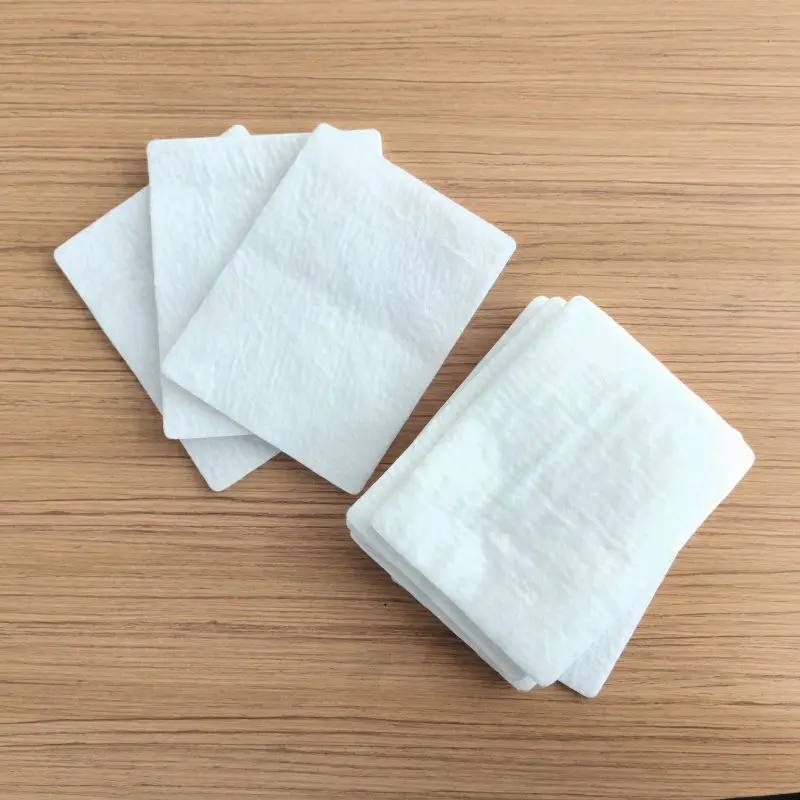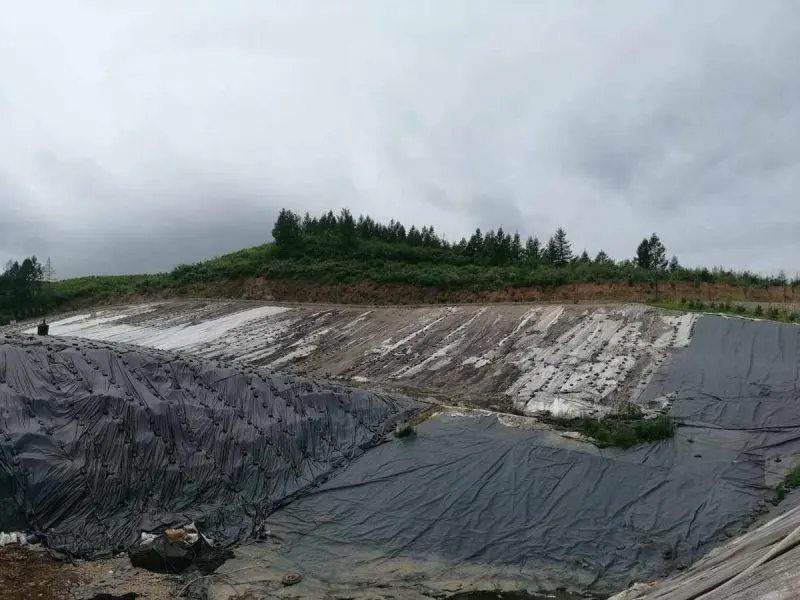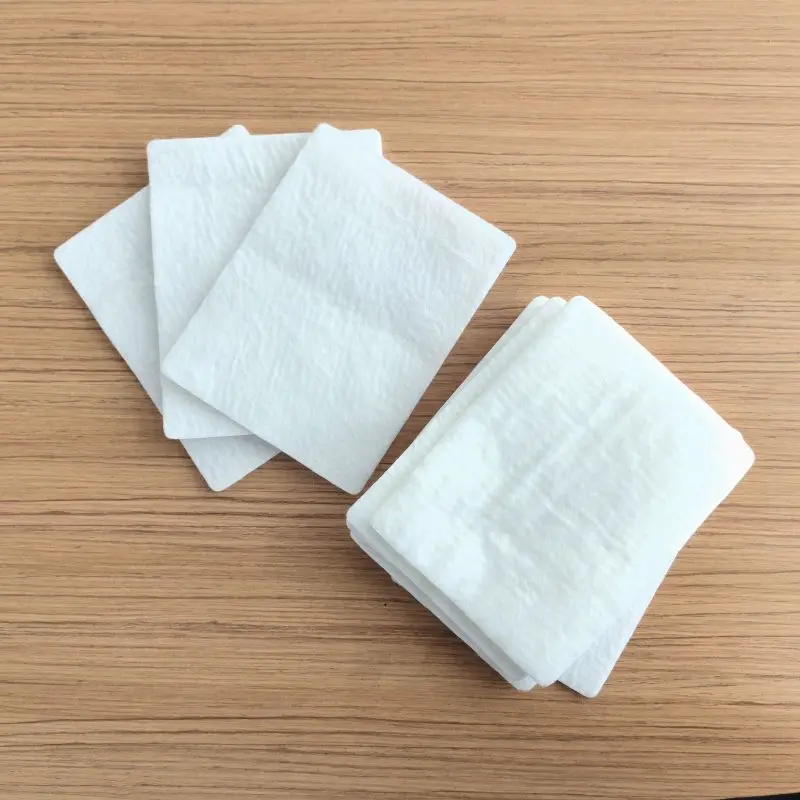Геоткань также является геотекстилем. По способу производства его разделяют на тканый геотекстиль и нетканый геотекстиль. Такие как: тканый геотекстиль из нитей, тканый геотекстиль из пластиковой плоской проволоки, тканый геотекстиль из шелковой пленки с трещинами. Иглопробивной геотекстиль из штапельного волокна, иглопробивной геотекстиль из спанбонда. По материалу его разделяют на полиэфирный геотекстиль и полипропиленовый геотекстиль.
Геотекстиль выполняет функции защиты, изоляции, фильтрации, армирования и дренажа в технике. Геотекстиль обычно используется в транспортировке, водном хозяйстве, охране окружающей среды, разведении и посадке растений.
Компания Haoyang Environmental Co., Ltd. (Хаоян), основанная в июне 2008 года, является выдающимся производителем и поставщиком геотекстиля, специализирующимся на производстве геотканей, которые являются жизненно важным компонентом в более широкой категории геотекстиля. Наша компания, расположенная в Национальной зоне высокотехнологичного промышленного развития Юйчэн, Дэчжоу, провинция Шаньдун, Китай, постоянно стремится к совершенству в предоставлении инновационных решений для удовлетворения разнообразных потребностей геотехнической и экологической промышленности.
Hot Search
- Geotextile
- Геосинтетики
- Геотекстиль
- filament woven geotextile
- Environmental Protection
- геотекстильная ткань
- волокнистый геотекстиль
- woven geotextile
- specifications
- нетканый геотекстиль
- non-woven geotextile
- нетканый
- Геотехническая ткань
- Композитная дренажная сетка из ПЭВП
- Staple fiber nonwoven geotextile
- Короткое волокно
- Блокировка с большой буквы открыта.
- Черно-зеленая двухцветная геомембрана.
- тканый геотекстиль из нитей
- Flat yarn woven geotextile
- нетканый геотекстильный материал
- Ткань нетканая
- тканый геотекстиль
- plastic flat wire woven geotextile
- 100g-800g
- Утолщенная экологическая геомембрана HDPE
- Охрана окружающей среды
- геосинтетические материалы
- Открыт Caps Lock.
- Строительство дороги

841.webp)
302.webp)
534.webp)

509.webp)


791.webp)
681.webp)

861.webp)
597.webp)
411.webp)
935.webp)
985.webp)
203.webp)
401.webp)